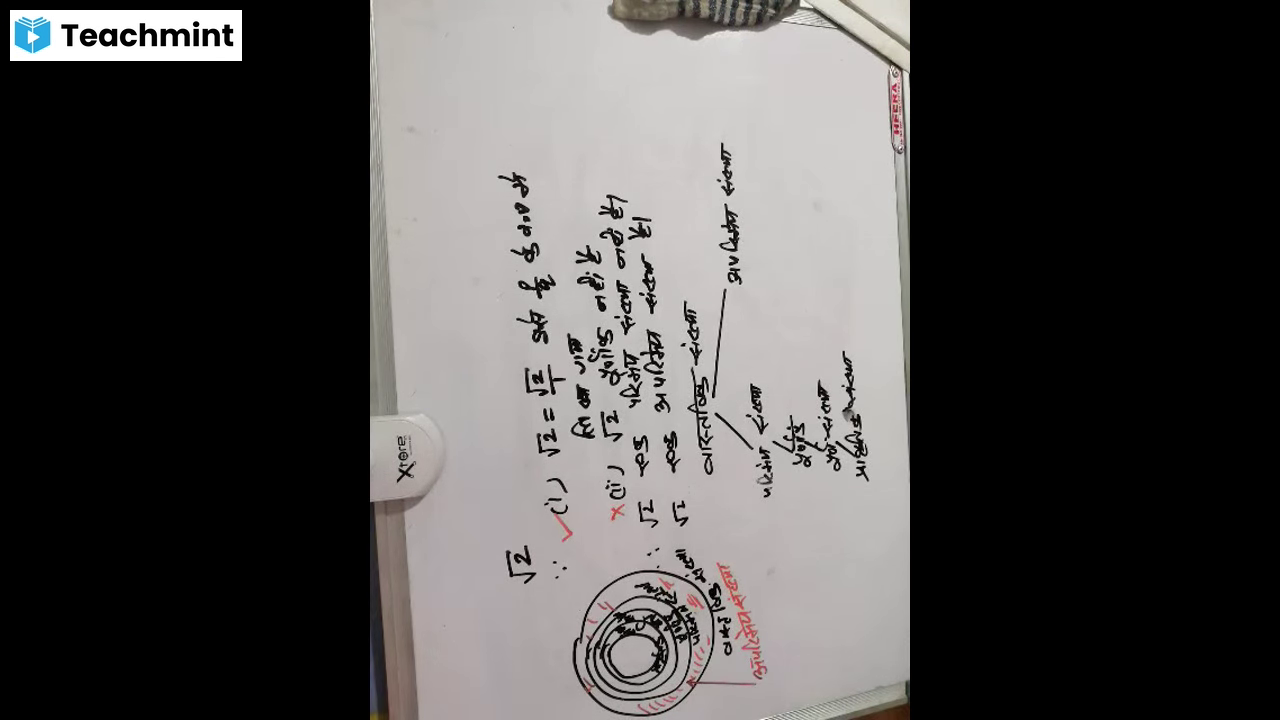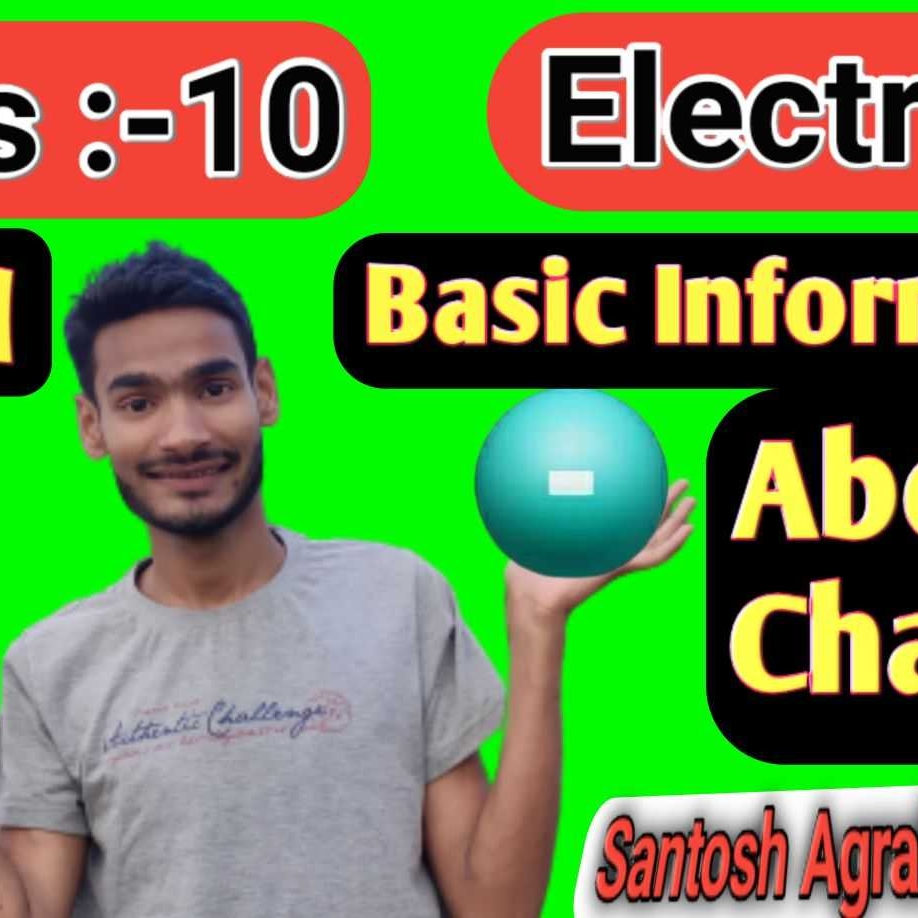Question Text
Question 1 :
Joseph jogs from one end A to the other end B of a straight 300 m road in 2 minutes 30 seconds and then turns around and jogs 100 m back to point C in another 1 minute. What is Joseph's average speed from A to B?
Question 2 :
The object covers unequal distances in equal intervals of time, it is said to be in non-uniform motion. TRUE or FALSE ?
Question 3 :
A train starting from a railway station and moving with uniform acceleration attains a speed 40 km$h^{–1}$ in 10 minutes. What is its acceleration?
Question 5 :
Is magnitude of displacement greater than the distance travelled by the object?
Question 6 :
<img style='object-fit:contain' src='https://teachmint.storage.googleapis.com/question_assets/cbse_ncert/61b1d2eef59b460d7261f65c.jpg' />
The above figure shows the distance time graph of three objects A,B and C. How far has B travelled by the time it passes C?
Question 7 :
An athlete completes one round of a circular track of diameter 200 m in 40 s. What will be the distance covered and the displacement at the end of 2 minutes and 20 seconds?
Question 8 :
An electron moving with a velocity of $5 × 10^4$ $ms^{-1}$ enters into a uniform electric field and acquires a uniform acceleration of 104 $ms^{–2}$ in the direction of its initial motion. How much distance the electron would cover in this time?
Question 9 :
Joseph jogs from one end A to the other end B of a straight 300 m road in 2 minutes 30 seconds and then turns around and jogs 100 m back to point C in another 1 minute. What is Joseph's average velocity from A to C?
Question 10 :
A bus starting from rest moves with a uniform acceleration of 0.1 $ms^{-2}$ for 2 minutes. What is the distance travelled?






























